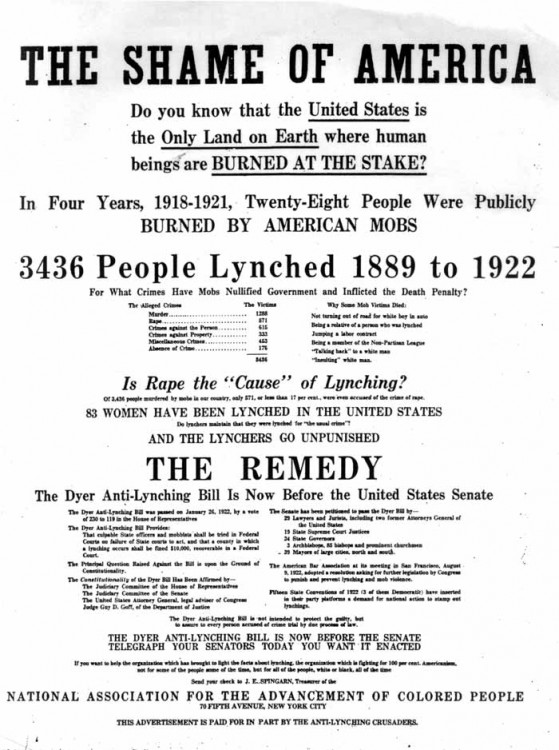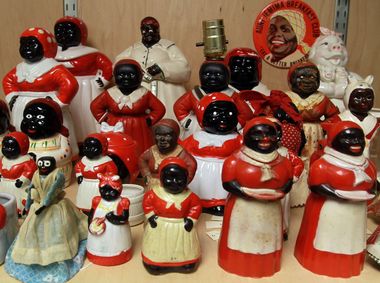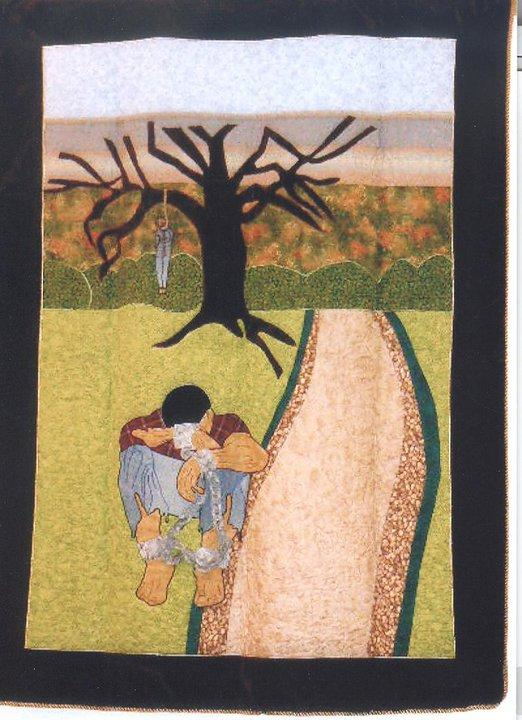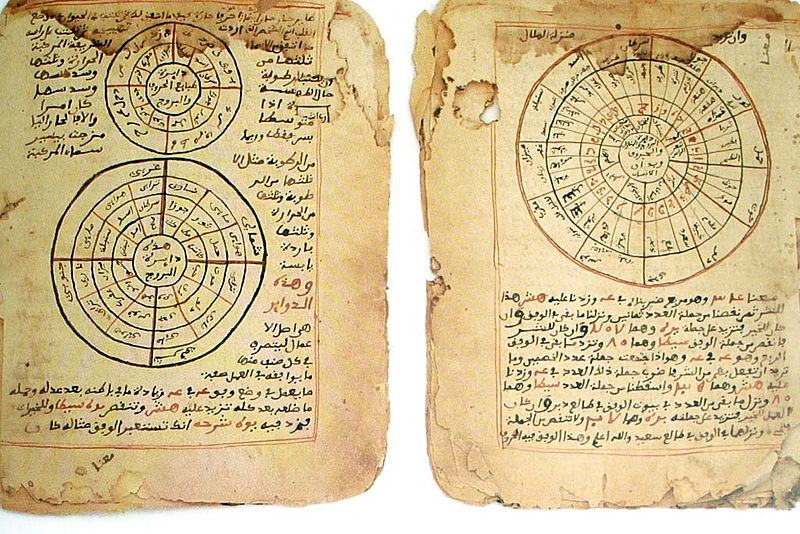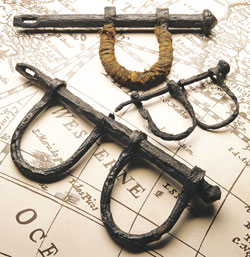Butter Pecan Ice Cream: A Taste of Resistance and Home
Share
Explore Our Galleries
Breaking News!
Today's news and culture by Black and other reporters in the Black and mainstream media.
Ways to Support ABHM?
By Scholar-Griot: LaToya Linen

Black family eating butter pecan ice cream.
Butter pecan ice cream is more than a frozen dessert; it’s our history, the flavor of resistance and home.”
Not to many desserts come with as much silent history as a scoop of butter pecan ice cream. Below the surface of its smooth, nutty sweetness runs a story of resourcefulness, resilience, and cultural pride — one that ranges from the plantations of the American South to today’s kitchen freezers and family cookouts.
Vanilla and Exclusion
In the days of slavery and Jim Crow, vanilla ice cream was frequently referred to as “pure,” a signifier of whiteness and exclusivity. Black Americans could not eat it in many public spaces and were able to do so only on symbolic occasions, like the Fourth of July — a bitter reminder of their own freedom still to come. The simple taste was freighted with layers of racial significance, drawing a cold line between who could claim “purity” and who could not.
The Roots of Innovation
Yet from exclusion came creation. The work of countless enslaved men like Antoine, who had a hand in revolutionizing pecan cultivation in Louisiana, and Edmond Albius, whose method for manually pollinating vanilla was discovered on the island of Réunion- belies their central roles in making both those ingredients available to the world. Their unpaid labor turned agriculture on its head and gave rise to the flavors one day said to define Southern comfort.
As vanilla and pecans became more widely available, Black cooks and families began to reinvent ice cream itself — with touches like butter for richness, roasted pecans for depth and texture. And the result was butter pecan, a strong, buttery choice that wasn’t just delicious but defiant. It was evidence that, in even the smallest ways, joy could be taken back and reimagined.

In the year 1940 an African American woman buys ice cream for children from a truck. Lousiana, Marion Post Wolcott photo.
Cultural Adoption and Legacy
Butter pecan ice cream quickly established itself as a beloved staple in Black homes across the South and beyond. It was one of those tastes that graced Sunday tables and summer cookouts, church socials, a flavor handed down like a family story. Not to mention, in so many Latino neighborhoods, butter pecan holds similar weight — it also symbolizes adjusting, coming together, and merging of cultures. This plain dessert became a low-key gesture of pride, a statement that said: We may have been refused vanilla, but boy oh boy did we create something even sweeter.
Modern Significance
Today, butter pecan is more than a flavor preference — it’s an emblem of culture, a symbol of innovation in the face of limitation. It’s a reminder of the manner in which food, music, and art have always enabled Black communities to alchemize oppression into expression.
There is a reminder of that cleverness in each spoonful: ancestors who took what they had and made it wondrous, grandmothers who served it with as much pride as if they were born alongside the rivers where sturgeon sail; generations for whom both memory and mastery are present in its unctuous depths.
Butter pecan ice cream is not just dessert; it’s ancestral heritage. A heritage of hands that worked, minds that created, and spirits that would not burn under the night of history. And so, with every bite, we taste is not only sweetness but survival.

Young girl eating butter pecan ice cream. Public domain.

Eating ice cream in front of hardware store. Photo by Lee Russell. San Augustine, TX. Circa 1939. Library of Congress.
Sources
- L.F. Benedict et al., “Pecan Station: One of a Kind in the USA,” AgMag, LSU Agricultural Center, June 20, 2012.
- A.P. Karremans, “A Historical Review of the Artificial Pollination of Vanilla planifolia: The Importance of Collaborative Research in a Changing World,” Plants 13, no. 22 (2024): 3203.
- Smithsonian Magazine, “The Bittersweet Story of Vanilla,” December 1, 2022.
- Linnean Society, “Edmond Albius,” accessed November 14, 2025.
- The Pecan: A History of America’s Native Nut, JSTOR, accessed November 14, 2025.
- “The Rise of the U.S. Pecan Industry,” HortScience 25, no. 6 (1990): 594–600.
- NMSU Pecan Toolbox, “History: Pecan Grafting and the Centennial Variety,” accessed November 14, 2025.
- Michael Twitty, “Black People Were Denied Vanilla Ice Cream in the Jim Crow South — Except on Independence Day,” The Guardian, July 4, 2014.
- PushBlack, “How Butter Pecan Ice Cream Became a Black Staple,” February 16, 2023
